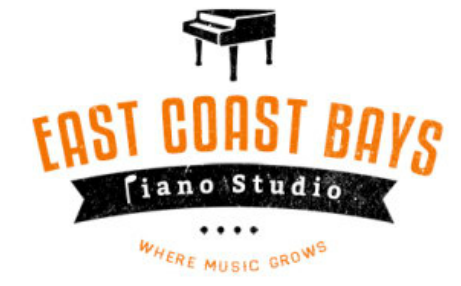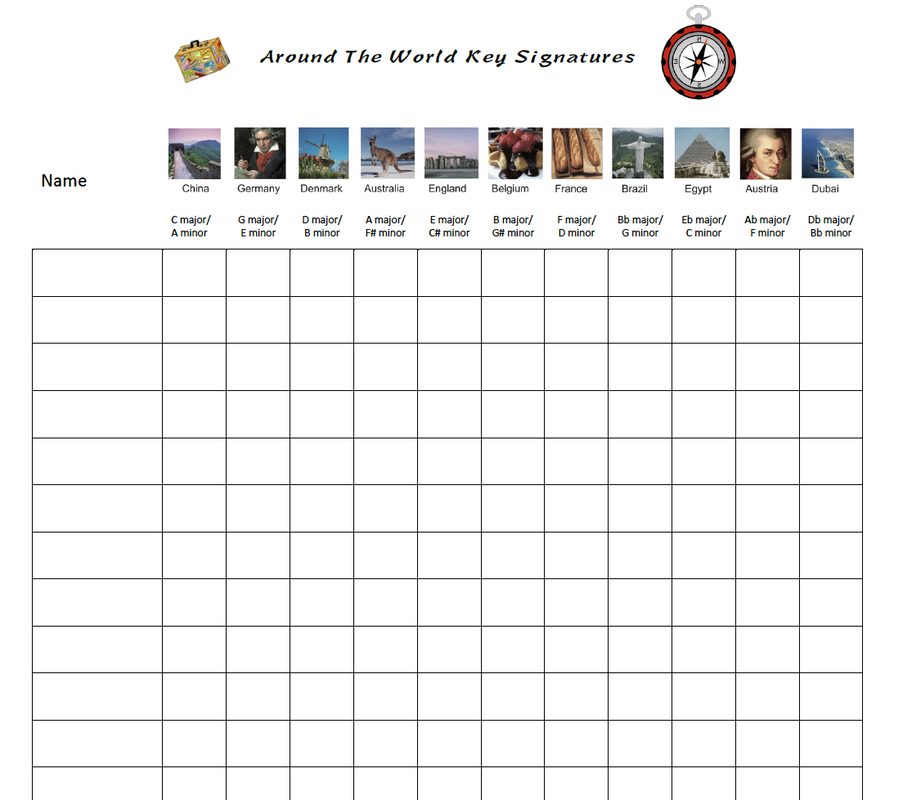|
After a wonderful summer break, I am guessing most of us are going back to teaching this week. I have been really looking forward to seeing all my students again, which must be a sign that I enjoyed a rejuvenating holiday! What I love about this time of the year is that every student comes through the door with a renewed enthusiasm for learning, and the delight of seeing them standing a smoot higher than the previous year! The beginning of a new year is also a good time to establish a routine to encourage the practice of some of the “less popular” (or indeed, least popular) aspects of piano learning. I’m talking about scales. Arpeggios. Broken Chords. Sight reading. Theory. As I imagined myself repeating the above elements to my students, I pictured the smiles on their faces fading away, and their newly-gained stature starting to deflate. Those are not the words most students want to hear on their first lesson back. We have to find a more engaging way to get students to master these components of piano learning without them pouting over it! A little studio challenge I am setting up for all my students this term is the “Around the World Key Signature Challenge”. I have done this a few times throughout the years already, and this is what the “challenge” looks like: Objective of the challenge: The first student who collects a stamp for all 11 countries wins the grand prize, and every other student who collects a stamp for all 11 countries by the end of term wins a small prize. Learning goal: To explore different key signatures through sightreading and scales. Duration: Term one (Feb- April) Cost: Printing of the Around the World Chart, prizes at your own discretion (I recommend Easter Eggs!) And here is how the conversation usually goes... “Let’s have a look at this term’s studio challenge! What you want to do, is to try and visit all of these countries and collect a stamp for each of them by the end of this term. The first student to collect all of the stamps wins the race and gets the grand prize from me, and everyone else that has all of the countries stamped by the end of this term will get a small mystery gift from me.” If you get this kind of response from your student, you know you have them “hooked”. It is then time to lay down the terms and conditions: To earn a stamp for a country, a student has to complete a series of tasks for its correlated key signature. Depending on the level of the student, I will differ the tasks to reinforce pre-existing knowledge and skills, as well as nudging them a small step forward to stimulate their learning. I would recommend teachers adjust the requirements for each student slightly each week to optimise the learning experience, but here I have included some examples of what I might do for the different levels: Beginners
Grade 1-2
Grade 3-5
Grade 6-8
I tend to be flexible and alter the weekly task for each student, adding, subtracting or swapping activities depending on how much a particular student can process in a week. A good rule of thumb is that if this assignment takes more than 1/4 of a student’s daily practice routine for them to accomplish then chances are, they are going to be put off rather than encouraged to explore these keys. So, for a grade 3 student who practices 40 minutes a day, I may include Noterush, a natural minor scale, and blocked chords. But for a grade 8 student who practices an hour a day, I might include Noterush, sightreading, chromatic scales a third a part, and a contrary motion arpeggio. It is important to find the balance - we want a student to feel like they are slightly challenged, but they still believe they can succeed and get that stamp by the following week. So, it is crucial to adjust the “difficulty” setting for each student. I have done this challenge a few times in the past years, and although not every single student would finish the race, it really does benefit the majority of students in my studio. Last year there were 9 students out of 35 in the studio who ended up learning 12 keys or more in 10 weeks' time as a result of it. It was also the only time I got asked by students if they could do more than one scale that week because they really want to “win the race”! I always think if such challenges get even one student excited about learning more key signatures, then it is well worth the effort. Happy teaching! Melody
0 Comments
|
AuthorThis blog post is by Melody Deng Archives
September 2020
Categories
All
|
|
©2019 East Coast Bays Piano Studio | All Rights Reserved
|



 RSS Feed
RSS Feed